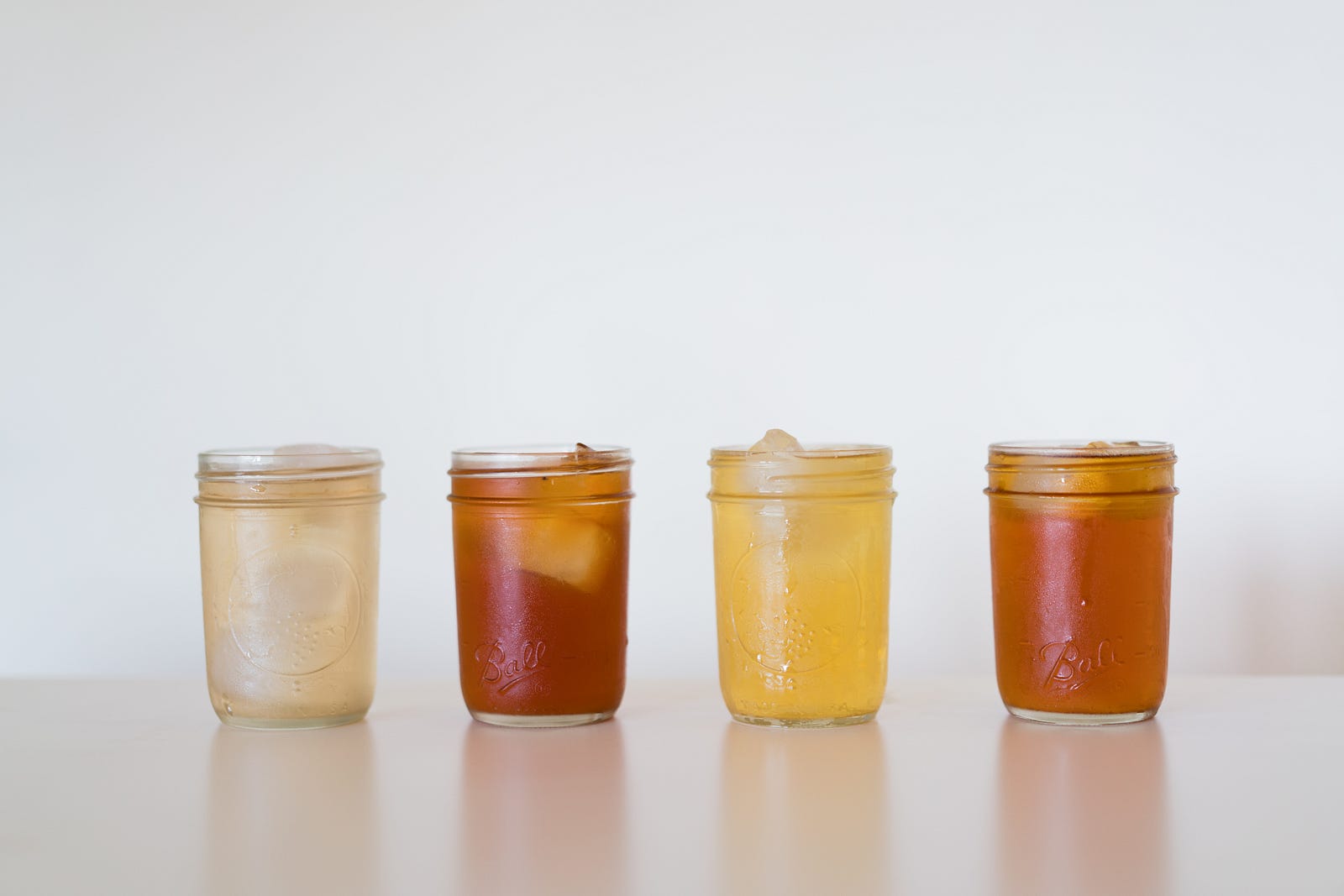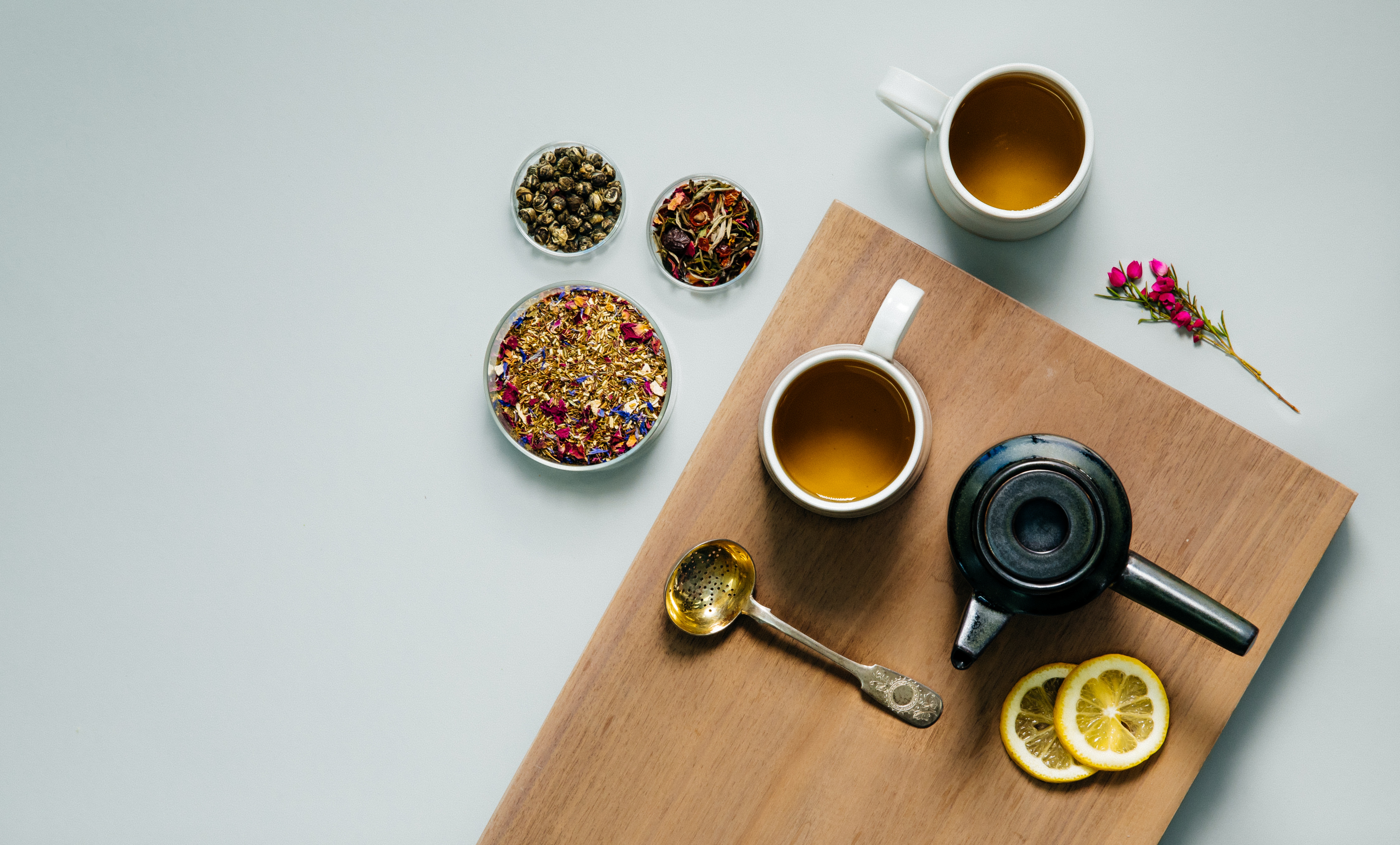Is your tea freshly brewed? If you answered no, more than half of all tea drinkers will either choose a different beverage, order no beverage, or order the dreaded tap water. What tea lovers want is freshly brewed batches that are prepared throughout the day in varying types - from the classic black, to flavored green, to caffeine-free alternatives. However, you may be asking yourself why you should care about delivering a premium freshly brewed tea. Well, besides the fact that tea is the most profitable beverage item on your menu, tea commands attention at food service with almost $20 billion in sales last year.

Packaged Facts estimated that there was $19.9 billion in food service hot and cold tea sales in 2016, up 5.1% from the previous year. Soda consumption is on an eleven-year decline and is at its lowest point in 30 years. Consumers are trading sugary “bad for you” soft drinks and turning to tea as a healthy cold beverage alternative. But, if you are just offering “brown water” for your tea, or serving yesterday’s tea kept in the refrigerator overnight, those tea drinkers will end up costing you money as they turn to tap water.
A study completed by Datassential last year, showed that fresh brewed tea was healthier (55%), tasted better (51%), was more natural and less processed (46%), than other cold beverage alternatives. Compared to Ready-to-Drink(RTD), fresh brewed tea was healthier (69%) and more natural (82%). The study also showed that when fresh brewed tea is not offered, 20% of people would order a different beverage and 20% would not order any beverage at all. What most restaurateurs forget, is that 1 to 2 glasses sold, per brew, ends up paying for the entire batch. Throwing away a little, or even a lot of tea at the end of the shift is not a bad thing, as the cost has already been recovered. Keeping that tea and selling it as fresh brewed during the next shift is even worse than tossing unused tea. Not only does the tea not taste as good or fresh, but the negative reception makes the entire meal seem bad. Often, tea is the first and last impression your guests have of your restaurant.
Ironically, tea only shows up on about 70% of tea menus. In the same study, consumers were asked what teas they wanted to see being offered — flavored teas (53%), blended teas (45%), artisan/hand crafted teas (42%), sparkling tea (37%) and tea cocktails (36%). But when you segment the population in the study by age, millennial scores were even more pronounced — flavored teas (62%), blended teas (55%), artisan/hand crafted teas (54%), sparkling tea (47%) and tea cocktails (51%). Restaurateurs are starting to see the importance of tea. This can be seen by the increase of tea on menus, up 4% overall in 2016. Furthermore, the growth was up 11% in fine dining and 7% in quick service. What does your menu show?
Organic is nice to have, but not required. Around 70% of consumers believe organic foods are healthier for them. But, since tea contains high concentrations of polyphenols, and doesn’t contain salts, sugars, or carbs, it is considered a healthier beverage even without organic certification. In fact, when Nielsen studied the buying habits of tea-drinking millennials, organic was not even in the top 5 factors used to decide to purchase a tea. What was more critical was the flavor profile and the use of natural ingredients. Citrusflavors still command the top seat when choosing a flavored tea. Fifty-three (53%) of tea drinkers prefer a flavored tea over a traditional unflavored tea. As far as tea base is considered, 39% said they preferred a black tea base, while 26% preferred a green tea base. A quarter of the population (25%), did not care what the base was made up of. Top flavors include lemon, raspberry, peach, sweet tea, mixed berry, strawberry, mint, tropical, and herbal. Some of the top green tea flavors include tropical, honey, lychee, ginger, red bean, jasmine, and hibiscus. However, it is important to note that when discussing flavored teas, we are not talking about adding flavored syrups to tea, but skillfully blended and flavored tea leaves. Flavored syrups have a negative image to most tea drinkers, apart from chai tea lattes, which have been made popular by many tea and coffee shops.
Tea is undoubtedly suited for any type of restaurant. With its continued growth, spending even a little time focusing your efforts on driving premium fresh brewed iced tea sales, will help your restaurant get its fair share of the $20+ billion-dollar potential.
• • •
Art of Tea is an award winning purveyor of specialty and organic teas, based in Los Angeles, CA.
If you found this article helpful, please share it with coworkers, colleagues, and fellow lovers of tea.

